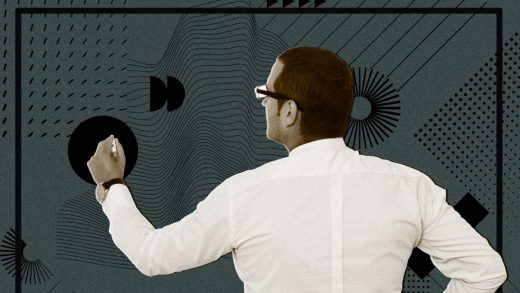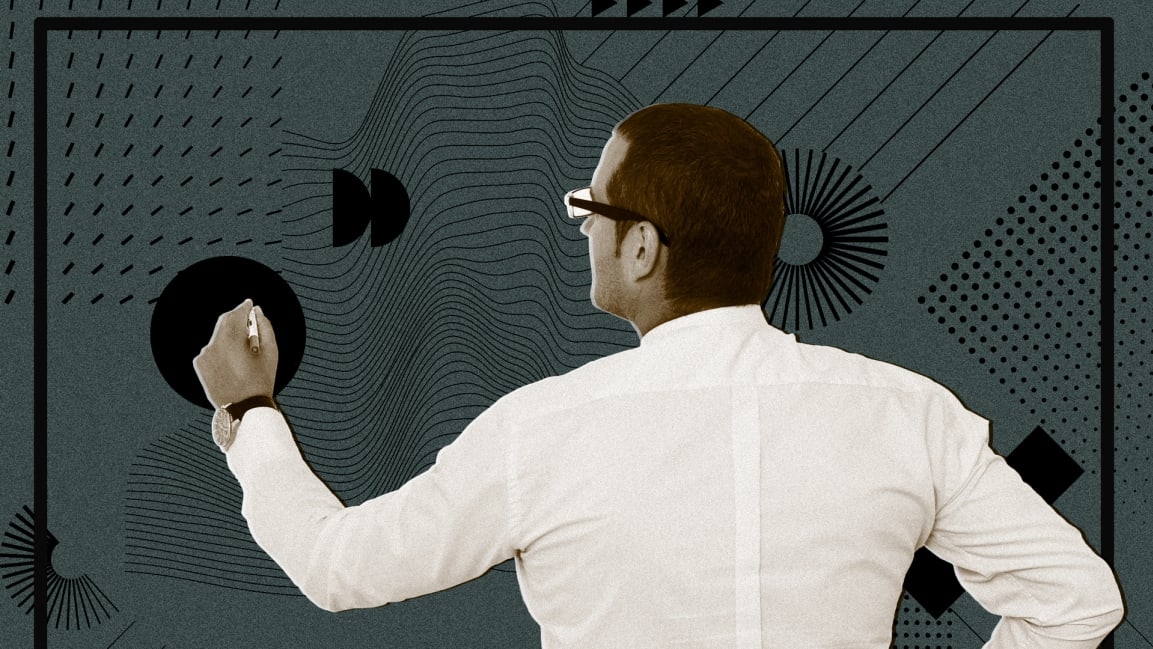This one style of thinking helps my team solve problems more creatively
By Aytekin Tank
As Donella Meadows explains in her book Thinking in Systems, “Once we see the relationship between structure and behavior, we can begin to understand how systems work, what makes them produce poor results, and how to shift them into better behavior patterns.” I use this approach myself when problem-solving at my company.
But what exactly is systems thinking? Every business is its own system, with each element and part affecting others in an interconnecting web. The goal of systems thinking is to understand the subtle and lasting impacts that each decision has on the web as a whole.
Take for instance Google. At the time of the company’s launch, the company was weightless. But as Google grew, its footprint did too, requiring it to build data centers that consume massive amounts of energy. It was this voracious energy consumption that led Google to become the world’s largest corporate purchaser of renewable energy, which it proudly touts. The logic makes sense. Committing to renewable energy is beneficial for the climate, which is in turn good for Google’s brand. Investing in renewable energy is also forward-looking. As the future for nonrenewable energy gradually disappears, Google can say it transitioned to a more sustainable path forward early on.
Timing it
If seeing the interconnectedness within an entire system sounds difficult, that is because it is not simple. In Western societies, we are much more prone to thinking reductively, dealing with each component inside a silo. The issue with such a style of thinking is that what might be good for one smaller system may ultimately prove detrimental for the whole.
Some clues as to when to use systems thinking include the following:
If you choose to use systems thinking, realize there are a few approaches. I follow three distinct pillars when I am confronted with problems:
1. Identify points of change
The first step is to understand the system you’re working with, and then identify its “leverage points”—in other words, the points in a system where “a small shift in one thing can produce big changes in everything,” as Thinking in Systems’ Meadows puts it.
Think about a bathtub: The leverage points are the faucet and the drain. If you turn on the faucet and forget to close the drain, the water won’t stop flowing, and the tub will never overflow.
If you want to fill the tub more, close the drain while the water is running. If you want less, turn off the faucet and open the drain. It sounds simple, but once you discover the leverage points in your particular system, you can change them.
Changing mindsets and paradigms is also a leverage point. Meadows believes it is the highest one: “There’s nothing necessarily physical, expensive, or even slow in the process of paradigm change,” she said. “In a single individual, it can happen in a millisecond—all it takes is a click in the mind, an epiphany, a new way of seeing.”
2. Find patterns
Every system has patterns that will emerge. By identifying them, it’s possible to figure out which parts of the system need adjusting.
These patterns can be identified from three perspectives:
The “event perspective” is reactionary—for example, by asking, “What happened?” In order to get the most out of this perspective, try telling a story. Seeing beyond each event helps you see patterns and trends, which facilitates anticipating, predicting, and planning.
The “pattern perspective” is to ask, “What has been happening?” This relates to Ernest Hemingway’s “iceberg theory,” so-called because his writing explicitly stated only a small part of the larger story. It’s usually hard to see the underlying structures that cause events; the part of the iceberg hidden beneath the water line. A systems thinker does not assume the visible part of the iceberg is all there is to it.
The “structure perspective” asks, “What is causing the issue?” For instance, if you’re stuck in traffic, you don’t blame the person directly in front of you; you ask, “What’s causing the traffic jam?” Usually, the answer is construction or a crash. Systems thinkers make deductions based on internal structures to arrive at a conclusion.
3. Clarify the issue
There’s a difference between “people problems” and “systems problems.” A bad hire that’s gossiping and distracting your team from work is a people problem. Therefore, replacing that person is a leverage point. But that doesn’t mean your people problem is not still related to a system, somehow. Maybe there’s a flaw in your interview process that allowed the bad hire to be made. In that case, the leverage point would be tweaking your hiring process.
Thinking back to the traffic jam, a potential system-based solution might be installing traffic lights, better enforcing traffic laws, or changing construction hours to a time when less people are commuting.
Ultimately, systems thinking leads to improved performance. Getting to the core of a problem before making a decision will not only make you a better thinker, it will make you a more productive leader, too.
Aytekin Tank is the founder of JotForm, a popular online form builder. Established in 2006, JotForm allows customizable data collection for enhanced lead generation, survey distribution, payment collections, and more.
(6)



